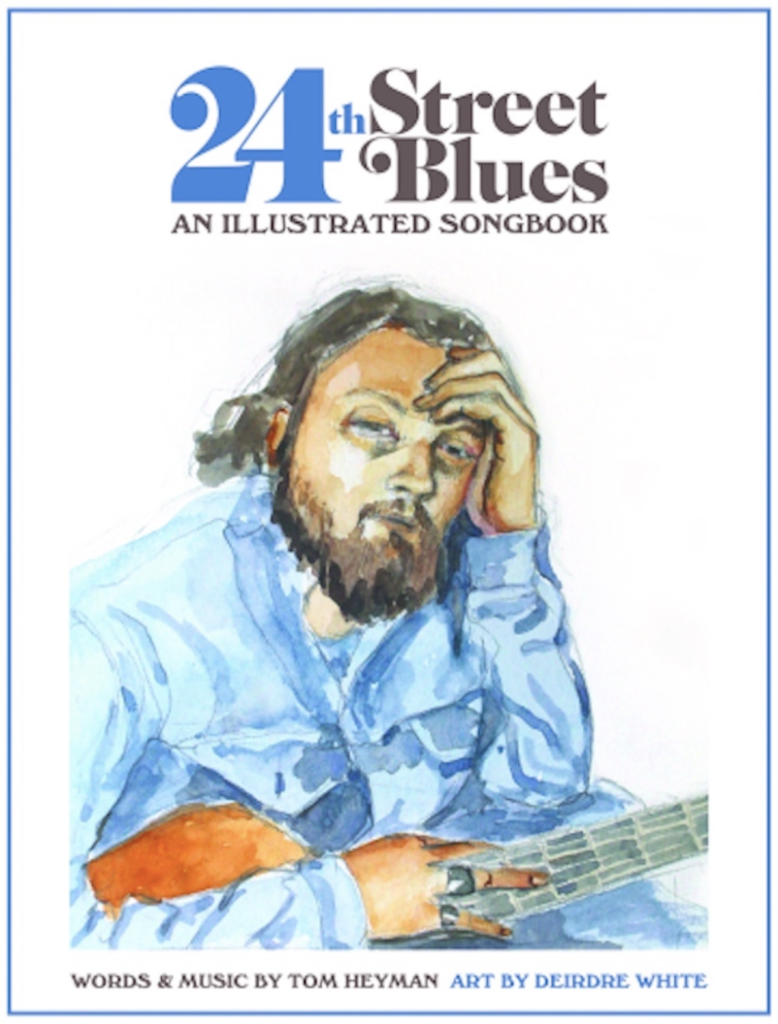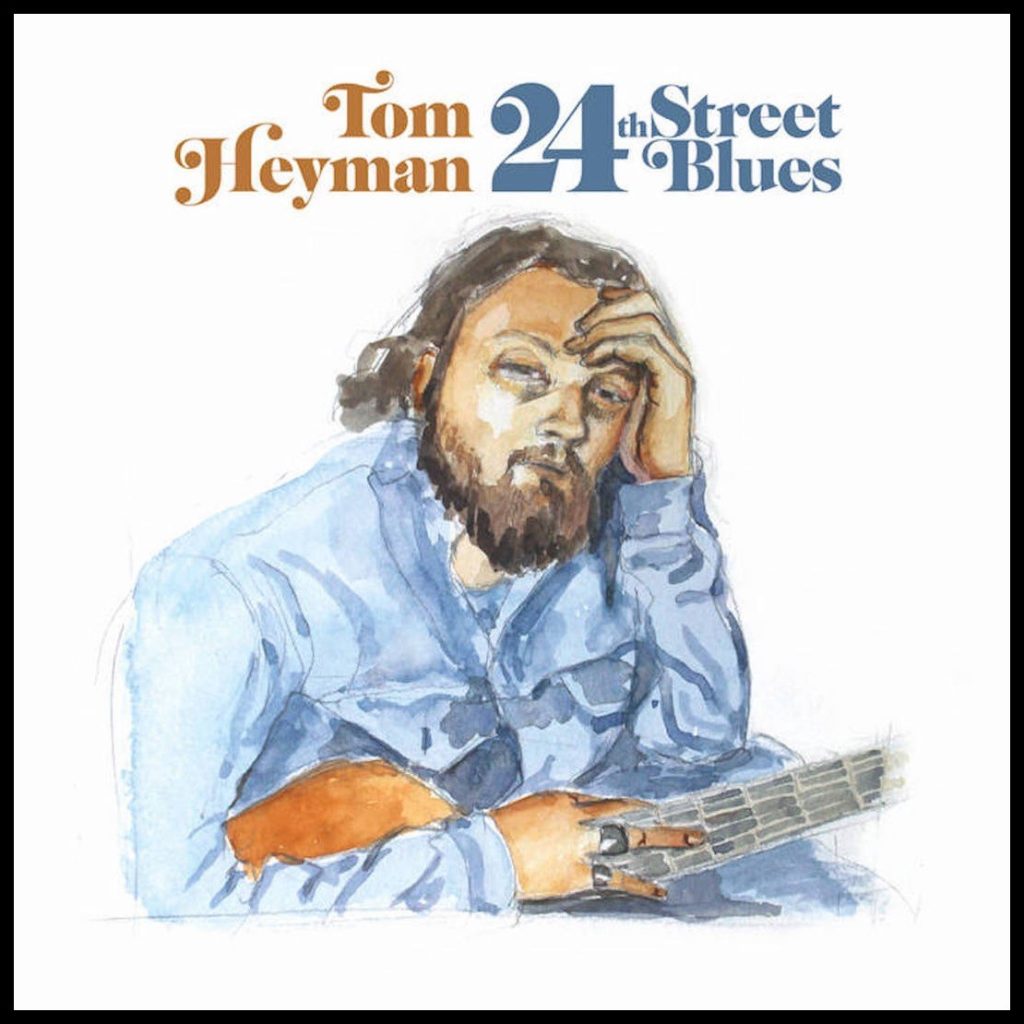New album by US singer-songwriter is a concept record about the endangered culture and living ghosts of the Mission District in San Francisco.
Modern-day San Francisco is stereotypically presented as either a city full of young tech nomads lining up for artisanal coffee, or as a blighted hellscape of fentanyl zombies and street crime. But, on his sixth album, ‘24th Street Blues’, Tom Heyman sings of a more rank-and-file locale, balancing the encroaching darkness of an overdeveloped cityscape with the fragile, abiding beauty of the place he calls home.
“If you stay somewhere long enough, you really start to see it change,” he explains. “Around 2010, the city started to feel like a sped up movie, jerking and lurching forward at a dangerously fast, celluloid-shredding pace with market forces feeling like a locomotive bearing down on anything or anyone in its path.”
Heyman has lived in a sprawling and dilapidated converted-storefront on 24th Street, deep in the heart of San Francisco’s Mission District, since the turn of the millennium. Detailing observations and interactions from years of struggle living and working in the neighbourhood as it has weathered the storms and aftermath of plutocratic expansion, ‘24th Street Blues’ sounds as much like he has inadvertently followed the Mark Twain credo “Write what you know” as it is a concept piece.

The characters in Heyman’s songs strive to exist (and sometimes perish) under looming cranes that dot the city skyline as he braids timeless narratives with Americana that at times recalls the rusty, boiler-room reverberations of Dylan’s ‘The Basement Tapes’ or the smouldering boogie of JJ Cale, while other moments recall the beautifully sparse melodies of Gordon Lightfoot and the economy of words that were the penchant of John Prine. Over mostly acoustic tapestries, Heyman sings stories of displaced families, endangered bohemians, migrant workers, sidewalk hustlers, surviving musicians, juvenile delinquents, weathered bar workers, junky friends, homeless campers, cannabis farmers and slumlord arsonists.
‘24th Street Blues’ presents a portrait of San Francisco where dues might never be paid in full, but flowers still bloom from the ashes of the digital goldrush. Like any good long-player, its songs work a deep magic on the listener with repeated spins, while Heyman’s lyrics take residence in the periphery of the mind like the spectral passages of a Denis Johnson novel. Whether he’s darkening the doors of his district’s many Victorian-styled homes or sharing a drink with a veteran bartender, Heyman has haunted the enduring and evaporating pockets of San Francisco’s heyday long enough to become one of the living ghosts in his own songs.

24TH STREET BLUES
TRACKLISTING
1 24th Street Blues
2 Desperate
3 Barbara Jean
4 Sonny Jim
5 Hidden History
6 The Mission Is On Fire
7 Quit Pretending
8 Like A Lion
9 Searching For The Holy Ghost
10 White Econoline
11 That Tender Touch
12 Desperate (Redux)
’24th Street Blues’ also comes packaged with a 60-page songbook comprising lyrics and music charts accompanied by a gorgeous collection of paintings and drawings designed as companion pieces for each song. These have been created by Heyman’s wife Deirdre White, who is an artist and educator acutely tuned into composing images of modern dystopian inequality and the housing/mobility challenges of the American West.
In addition to his solo work, Heyman has spent years as a sought-after journeyman guitarist and pedal steel player recording and touring with a wide array of artists that include Hiss Golden Messenger, Chuck Prophet, Sonny Smith, Kelley Stoltz, Alejandro Escovedo, John Doe, Roy Loney and Penelope Houston. Indeed, his pedal steel playing is one of the distinct sonic threads woven through much of ‘24th Street Blues’. The album has been produced by Mike Coykendall (M. Ward) and mixed by Scott Hirsch (Hiss Golden Messenger).
